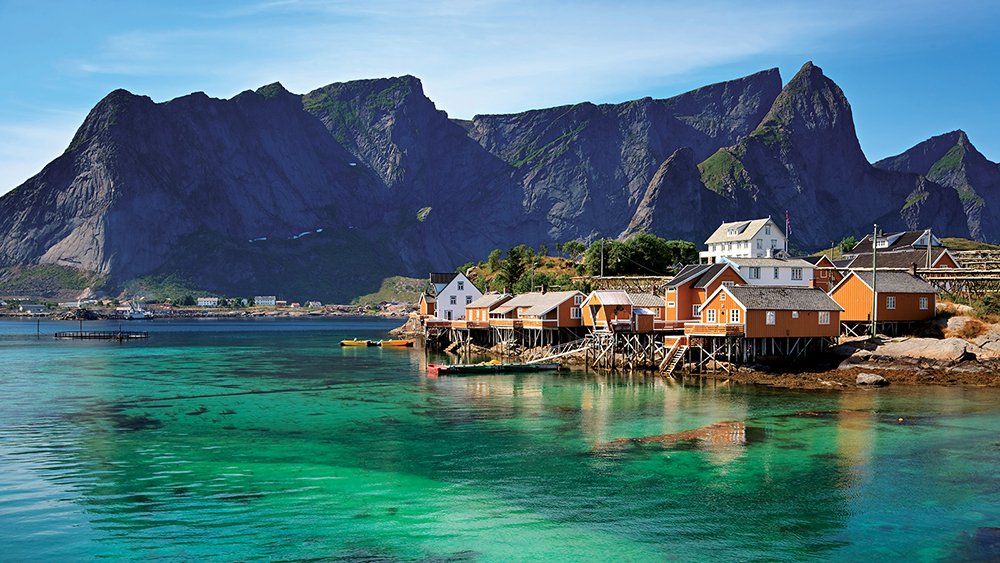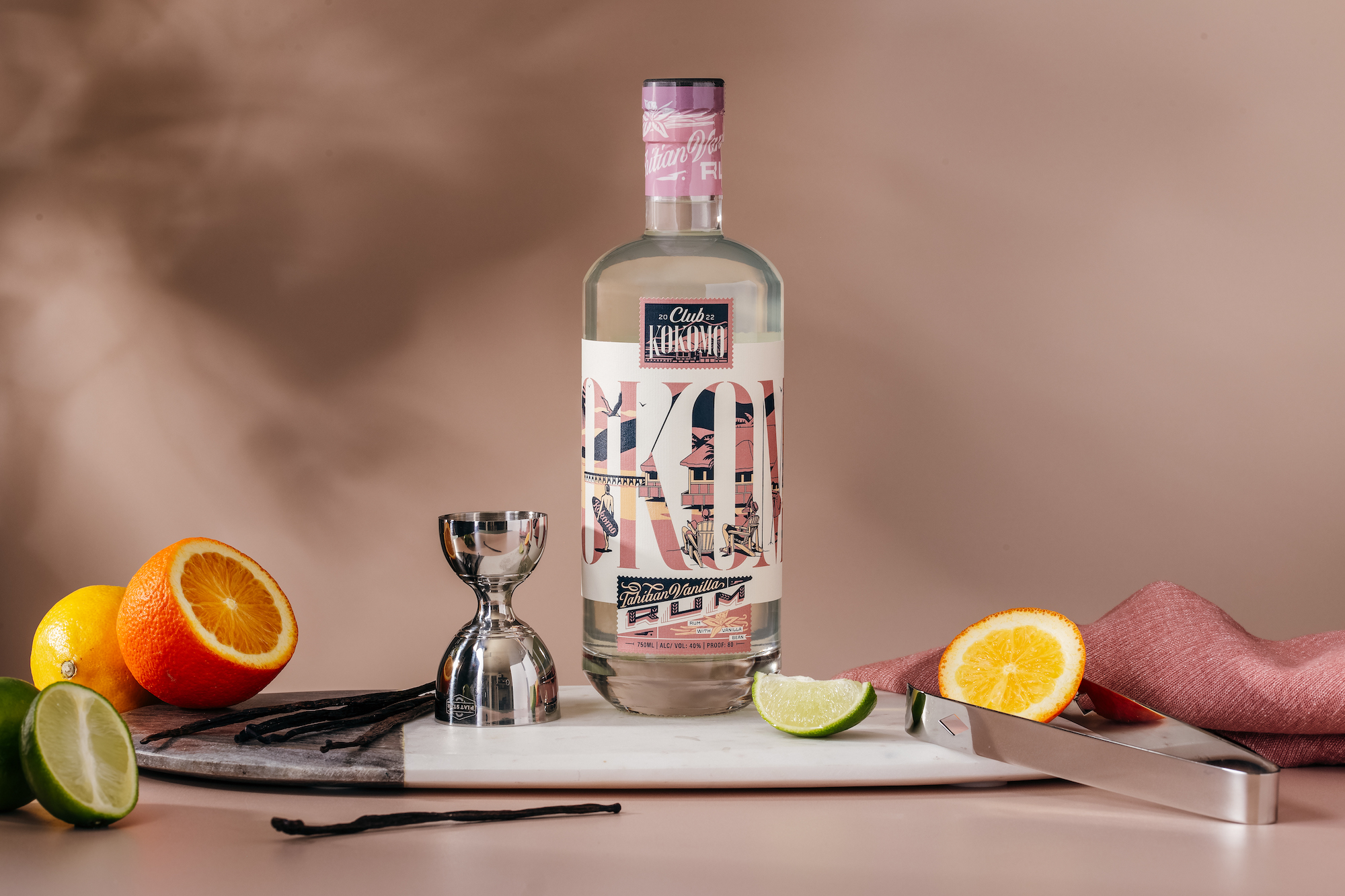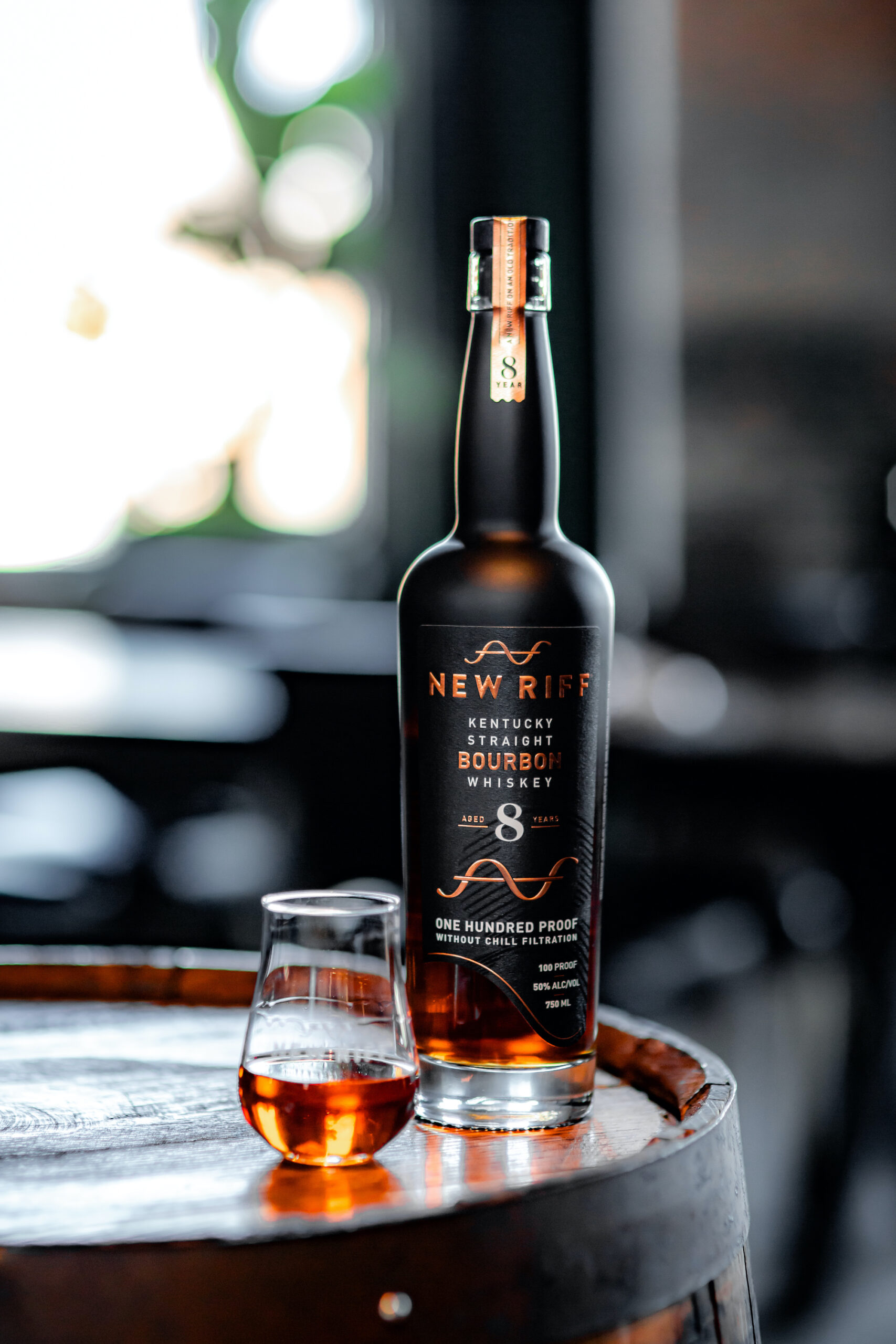NEW YORK (PRWEB) – The Nordics, a coalition of the seven Nordic tourism boards of Denmark, the Faroe Islands, Finland, Greenland, Iceland, Norway, and Sweden, represent a region known internationally for its gastronomy. In addition to creative cuisine, The Nordics are committed to offering sustainable culinary experiences. This was solidified in 2004 when each country signed the Nordic Food Manifesto which contains 10 principles on purity, season, ethics, health, sustainability, and quality that are embodied by hotels and restaurants across the seven countries. Currently, The Nordics boast 65 Michelin starred restaurants, 20 of which have been recognized with a Michelin Green Star for their sustainable practices, and more than 260 Michelin-recommended restaurants.
 In The Nordics, there are plenty of opportunities for visitors to eat like a local, whether at a restaurant or in a truly immersive experience out in nature.
In The Nordics, there are plenty of opportunities for visitors to eat like a local, whether at a restaurant or in a truly immersive experience out in nature.
OYSTER SAFARIS IN DENMARK
The UNESCO World Heritage Wadden Sea National Park is one of the world’s most important tidal zones and also the site of oyster safaris. Visitors at low tide can strap on waterproof boots and follow a guide to the oyster banks to gather the plentiful Danish delicacy for a tasting while learning the history of oysters in the area along the way. Tours last approximately 2.5 – 3 hours and take place in February through May and September through December. Sort Safari offers oyster safaris at DKK 275 (approximately US$40) which can be booked here. Those who want a full gastronomy trip should look at one of Denmark’s 26 Michelin-starred restaurants, vineyard visits to Europe’s northernmost grape-growing area, foraging tours, and a food walk in Copenhagen. In 2020, Michelin awarded 11 Danish restaurants with the Michelin Green Star. In 2021, World’s 50 Best Restaurants awarded the first and second spot to Denmark restaurants Noma, a Michelin Green Star recipient, and Geranium.
FAROE ISLANDS’ HOME HOSPITALITY
Traditional cuisine reigns in the 18-island archipelago of the Faroe Islands where Heimablídni, Faroese for home hospitality, is listed on the United Nations’ Sustainable Consumption and Production list.
The Faroese welcome travelers into their homes where they serve homemade dishes created from their own or their neighbors’ farms while sharing stories that relate to the country or local village. An array of experiences, from traditional dinners to day-long fishing and cooking excursions, can be booked online with rates starting at DKK 350 (approximately US$50). One restaurant that should be on the itinerary of any foodie is Ræst, which is Faroese for fermented. The menu is dedicated entirely to traditional Faroese fermented foods and combines modern gastronomic trends with ancient food traditions.
FINLAND FORAGING
Finland is actively creating sustainable solutions for food sourcing and production. Finns and visitors have “Everyman’s Rights,” a law that allows anyone the freedom to forage, fish (with a permit), and more. Finnish forests are brimming with nutrient-rich arctic superfoods in summer and early autumn that yield blueberries, chanterelles, and cloudberries. METTÄ’s Helsinki Wildfoods collective offers wild herb courses and foraging excursions, and guided mushroom-picking tours, like the ones offered at Hotel Punkaharju in eastern Finland, are also great for beginners. Those looking for something different and truly unique can travel to Lahti, the 2021 European Green Capital. There, Ant Brew’s latest “Wasted Potential” beer series includes Boreality Check which uses lichens from the north, Dumpster Diver brewed with orange peels from a local juicer, and Goosebumps that utilizes aromas from goose droppings. In Helsinki, Nolla was born out of a desire to serve great food with a waste-free ideology. Their in-house composter provides suppliers with composted soil to take back to their fields.
online pharmacy https://www.3-dmed.com/wp-content/uploads/2022/09/jpg/propecia.html no prescription drugstore
GREENLAND’S FRESH CATCHES
Every town in Greenland has a local fish and meat market called Kalaaliaraq (“little Greenlander”) where daily catches are sold. In addition to buying straight from the source, visitors can catch their own meal, dine with a local, or enjoy fine dining. Qooqqut Nuan, accessed by boat from Nuuk, is one of the most isolated restaurants in the world and features vegetables grown locally and fish from the nearby fjord.
online pharmacy https://www.3-dmed.com/wp-content/uploads/2022/09/jpg/symbicort.html no prescription drugstore
Visitors may catch their own fish which the restaurant will then prepare for them in one of several different ways. To dine with a local, the Greenlandic tradition of kaffemik, a large celebration hosted by a local, can be considered. Visitors can book a kaffemik experience which provides insight into Greenlandic homelife. The two Michelin-starred restaurant KOKS from the Faroe Islands is setting up shop in Ilimanaq north of Nuuk for the summers of 2022 and 2023. It will open in Ilimanaq Lodge, one of the oldest houses in Greenland, and have a focus on the clean, pure flavors of the ocean with plentiful seasonal herbs and wildflowers.
ICELAND’S GEOTHERMAL FARM-TO-TABLE
Geothermal energy is key for Icelandic cuisine and its organic produce. Icelandic farmers rely on greenhouse farming, which is heated and powered by readily available, 100% renewable geothermal energy. Visitors to Laugarvatn Fontana can see how Icelanders use geothermal energy to bake bread. For ISK 2300 (approximately US$18), participants can learn how the popular rye bread is baked underground near a hot spring, see the pot dug out of the hot black sand, and enjoy the bread while it’s still warm from the ground. Visitors can also enjoy farm-to-table experiences like a meal at Friðheimar’s greenhouse surrounded by tomato plants. With three different varieties grown on site, offerings include tomato soup, green tomato and apple pie, green tomato jam, tomato beer, or tomato schnapps (a hollow tomato filled with Icelandic Birch schnapps). Other places of note for farm-to-table cuisine include the Efstidalur farm hotel and Vogafjós farm café.
NORWAY UNDER THE SEA
Traditional Norwegian cuisine is largely a reflection of the environment, utilizing materials readily available in the country’s mountains, wilderness, and coast. Norway’s most unique dining experience combining marine research, architecture, and gastronomy can be found near the coast in Lindesnes. Under Restaurant allows travelers to dine underwater beneath a concrete shell created to act as an artificial reef. Half sunken 16 feet into the icy waters, Under provides visitors with an opportunity to view the rarely seen marine ecosystem of the North Atlantic Ocean while enjoying an 18-course, seafood-forward prix fixe menu with available wine pairings. Visitors can also time their visit with one of Norway’s popular food festivals, including the Gladmat food festival in Stavanger (June), Trøndelag Food Festival (July), and the Matstreif in Oslo (September).
SWEDEN’S BEST
Every year, the Nordic 360° Eat Guide recognizes establishments that showcase culinary excellence with sustainable practices. The 2021 standout nominees included Musselbaren which utilizes organic, locally-sourced ingredients with mussels as the star of the show. The restaurant offers a 4.5 hour mussels tour in a west Swedish fjord where participants will learn about the area, harvest their own catch, and prepare their meal. The grand finale is moule frites with fresh bread and aioli. Northwest of Stockholm, travelers can tour Sweden’s oldest orchard Köpings Musteri, an organically certified cider farm where a 1.5-hour tasting tour showcases 40 apple varieties and the cider production process. Set in the forests of Dalsland, Swedish Country Living offers guests a guided tour to learn about the property’s holistic approach to food, sustainable buildings, and regenerative agriculture. Standout Stockholm restaurants include Fotografiska which has a plant-based kitchen that received a Green Star from Michelin in 2021; Hermans, a vegetarian establishment where even the company car runs on biofuel; and K-märkt which focuses on reducing food waste by selling the food by weight.









